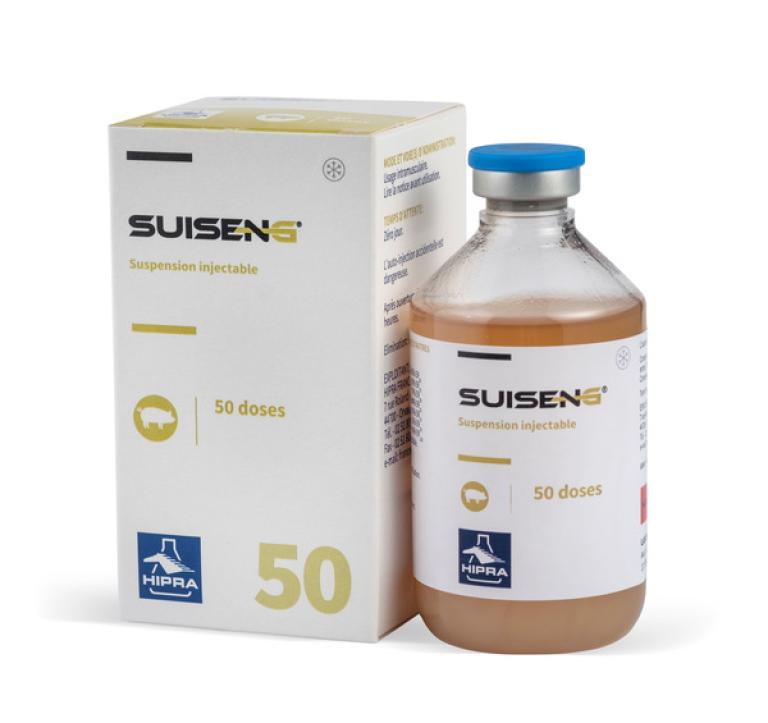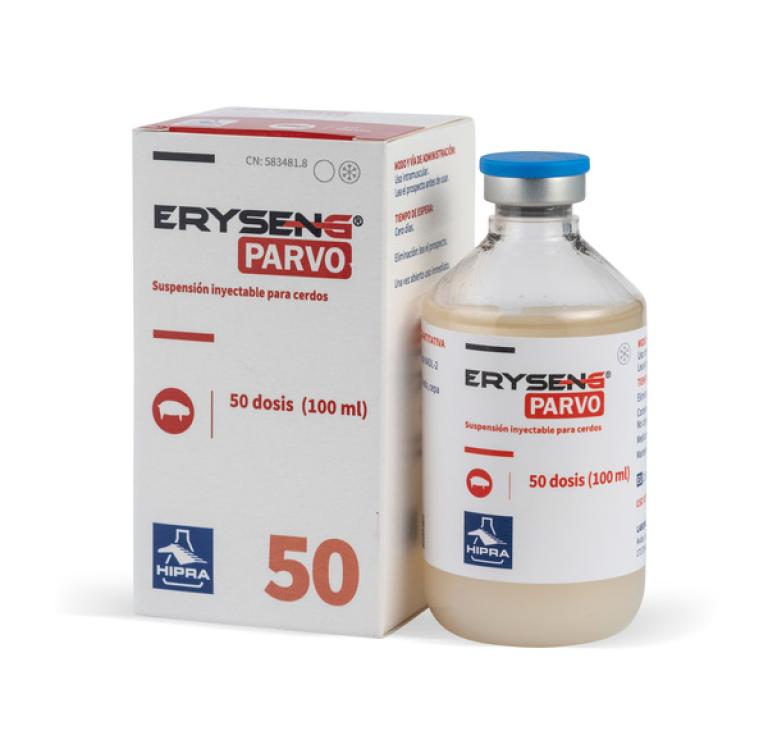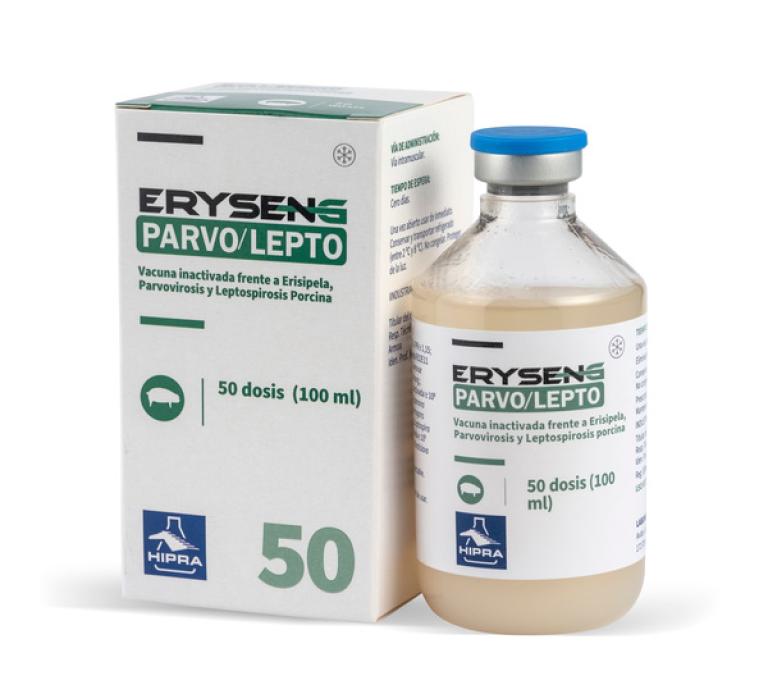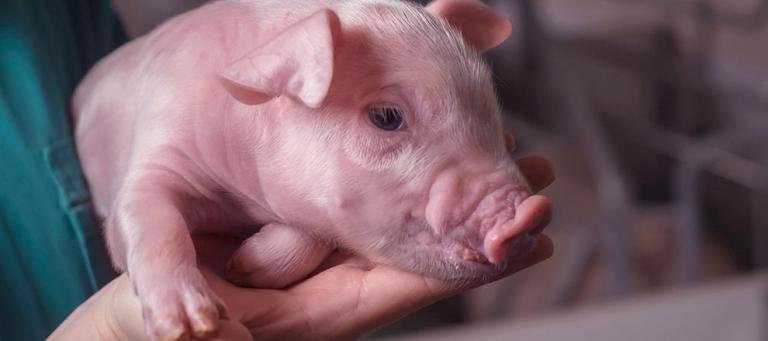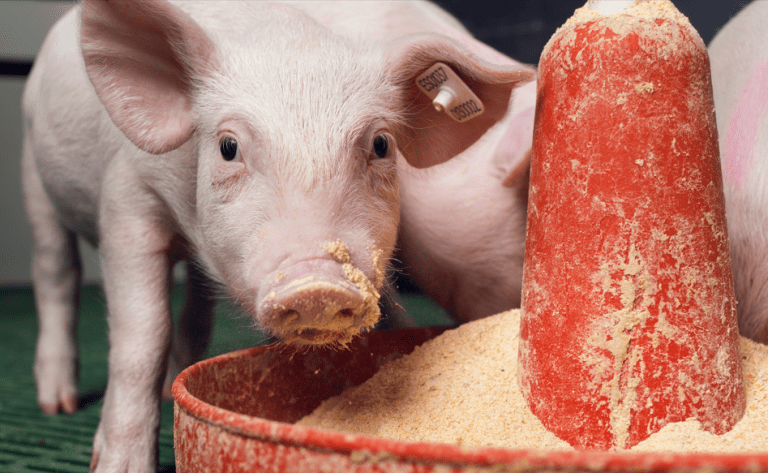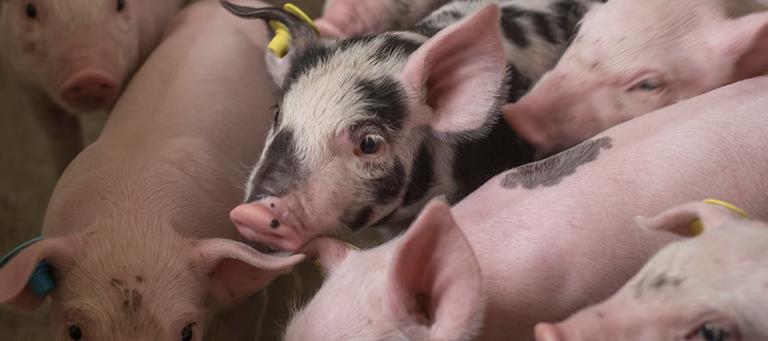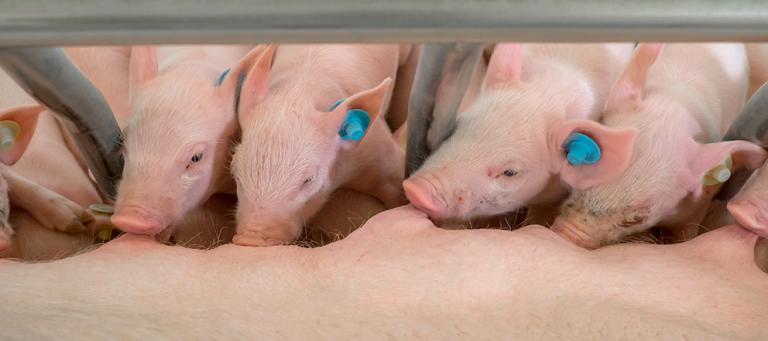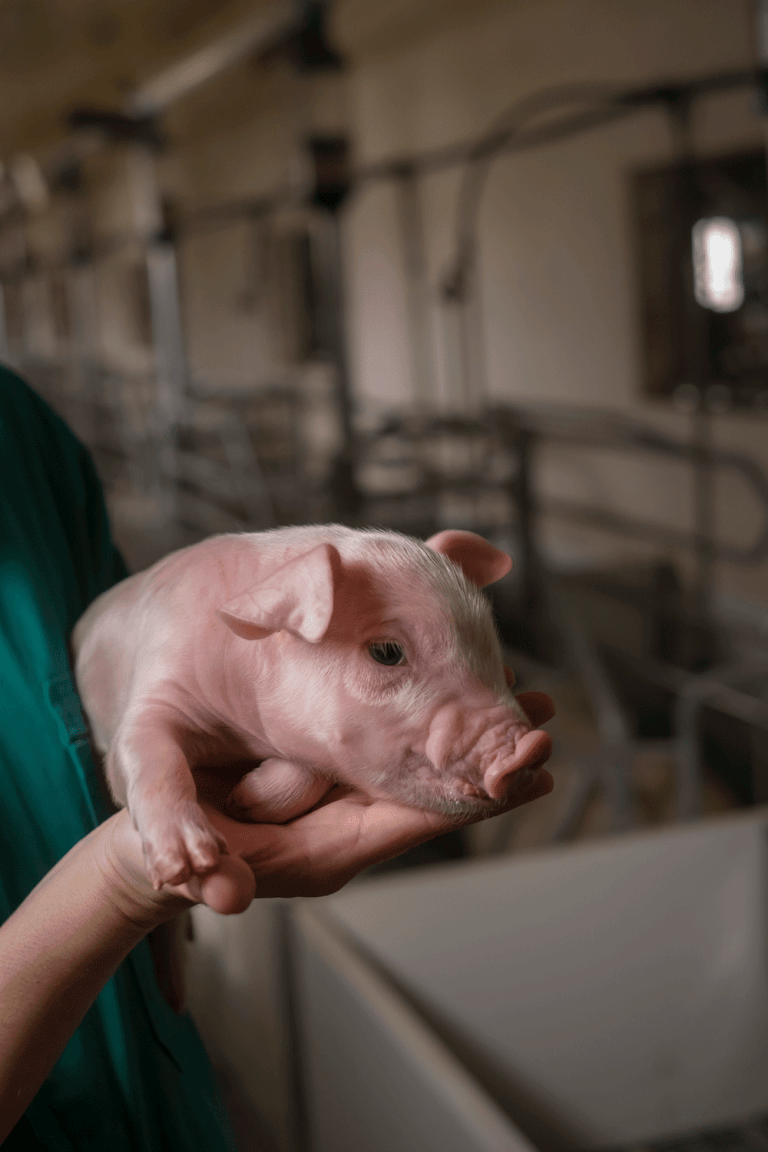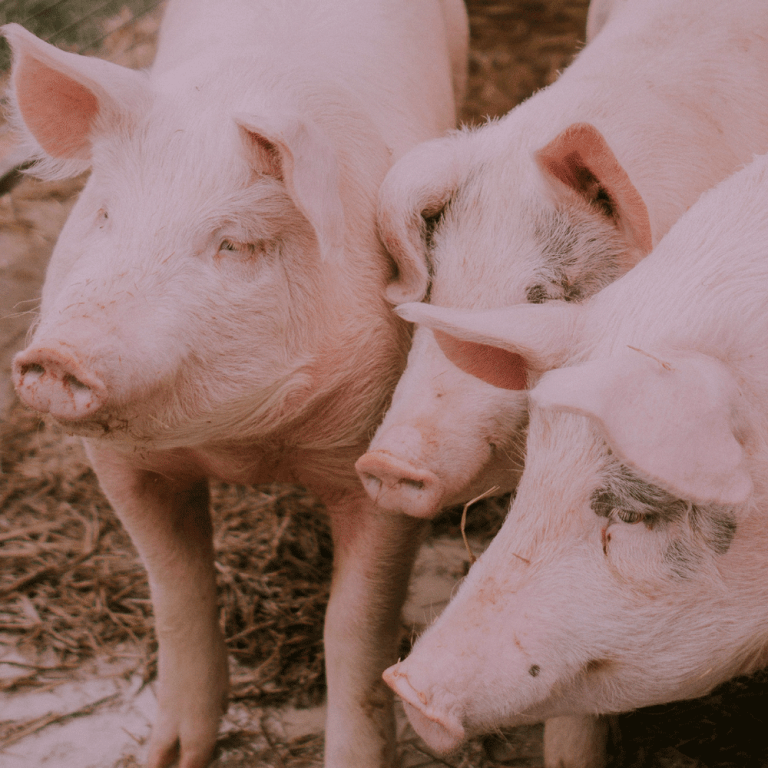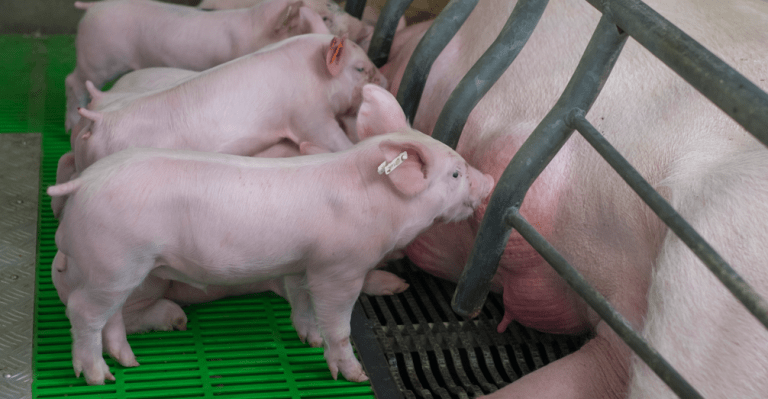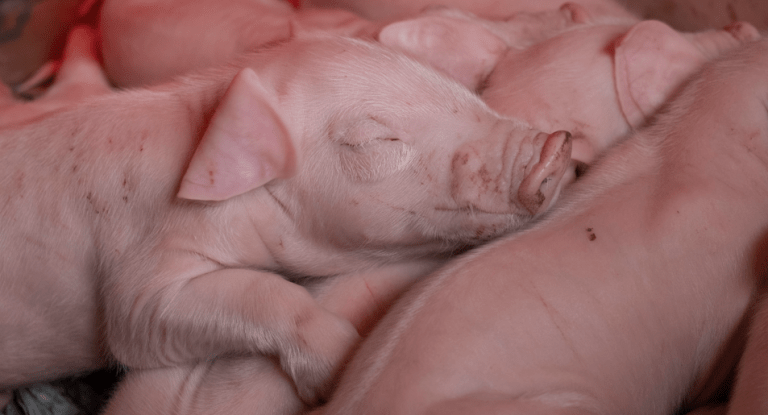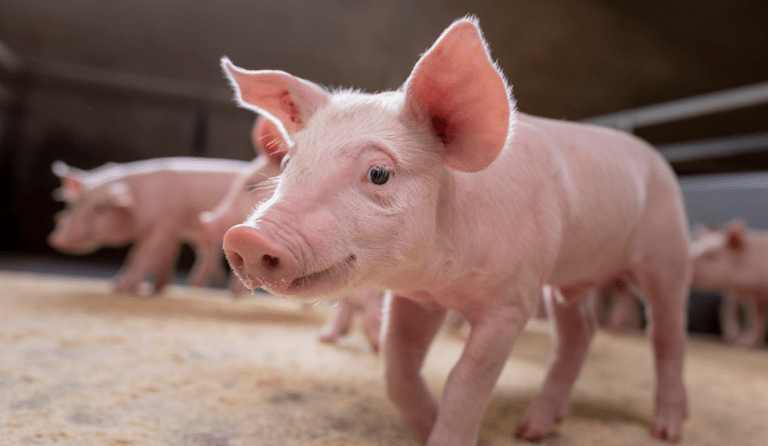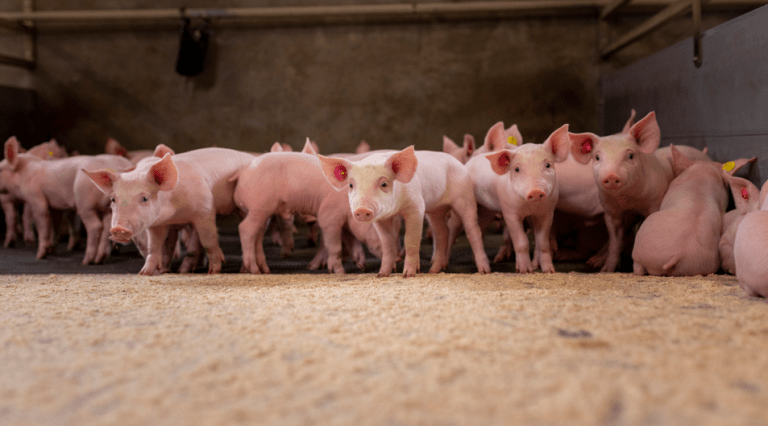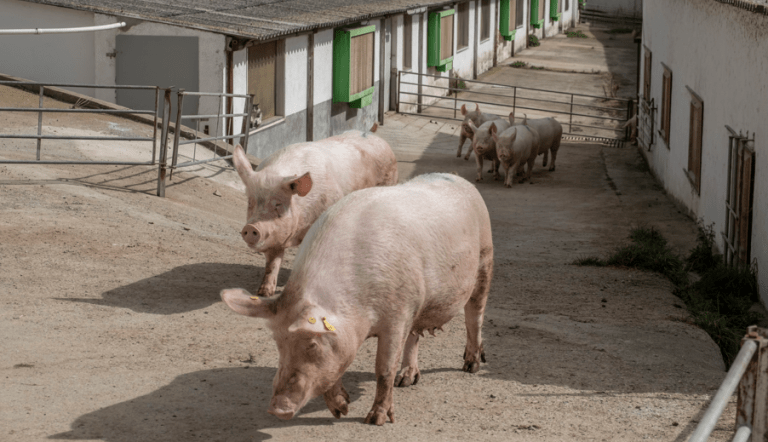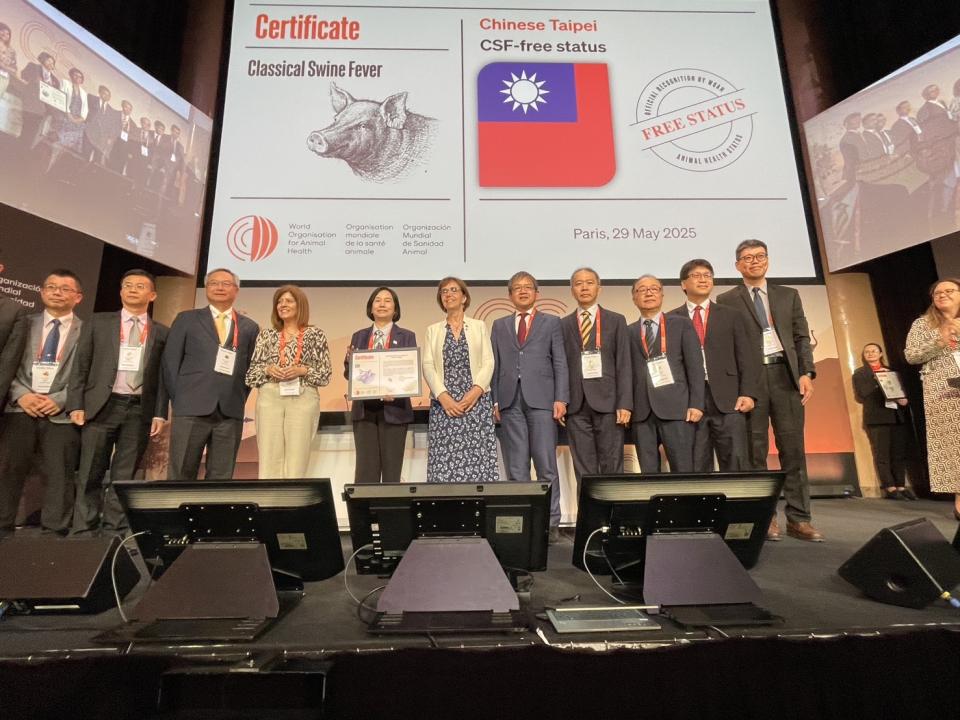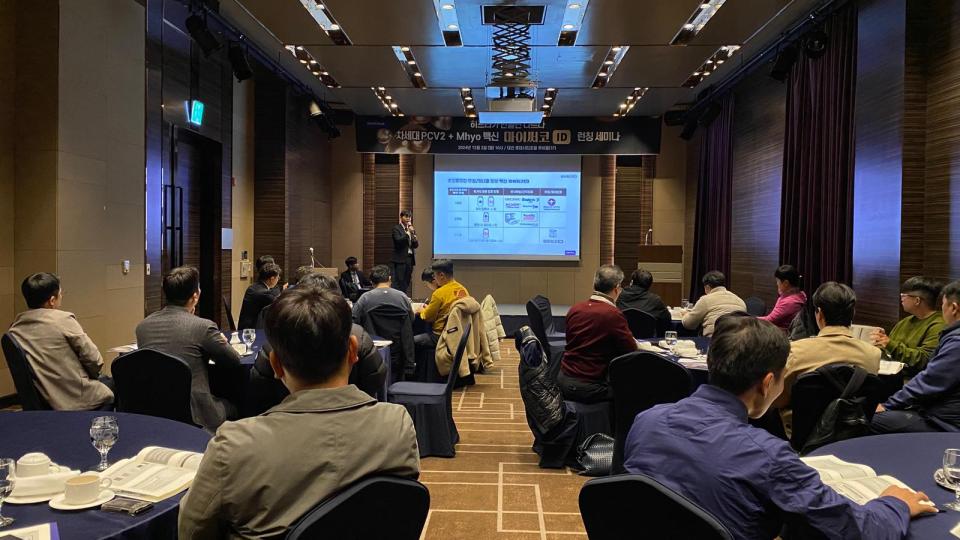Welcome to the space where you will receive a full overview of the perfect control of this old friend, Porcine Parvovirus, in just less than 20 minutes!
EPISODE #4: Porcine Parvovirus, the experience and advice from a vet practitioner

Swine and poultry veterinarian who graduated at Ghent University in 2007. After obtaining her PhD in the Virology lab of that same faculty, she moved into technical and marketing functions with Merial and HIPRA. Later on she joined Provet, one of the largest swine and poultry practices in Belgium.
Currently, she is founder of Synplus, an independent service and consultancy company in the swine and poultry industry.

Veterinary and MSc in Swine Health and Production by the University of Zaragoza, Lérida and Madrid.
Currently, Global Product Manager in the Swine Business Unit in HIPRA.
Porcine Parvovirus is quickly related with mummified foetuses, as it is the most common, familiar, and easiest clinical symptom to recognize. It makes that, when the percentage of mummies is within normal ranges, PPV is not included in the differential diagnosis of other reproductive disorders, and that could suppose a mistake, especially if we talk about gilts.
When PPV should be included in our differential diagnosis, which reproductive indicators can be altered by a PPV-related problem, how to evaluate the herd susceptibility to suffer problems and other aspects such as the diagnostic, will be reviewed with Sjouke Van Poucke.
What’s your opinion on Porcine Parvovirus as a field vet in porcine production?
Parvovirus is a highly prevalent agent on Belgian swine farms. Since vaccination against the disease is such common practice, and also provides good protection, the disease is often excluded from the differential diagnosis of reproductive disorders.
Generally speaking, the demonstration of involvement of parvo in reproductive problems is low, yet according to my feeling, maybe also underestimated due to the low frequency of diagnostic attempts.
How to evaluate whether a farm is properly protected against PPV, how would you recommend doing it?
Checking proper protection starts with assuring that gilts are seropositive before introduction in the sow herd.
Another item to verify is the immune status of the entire sow census by serology. On properly protected farms, we expect to see high titters amongst the rest of parities.




